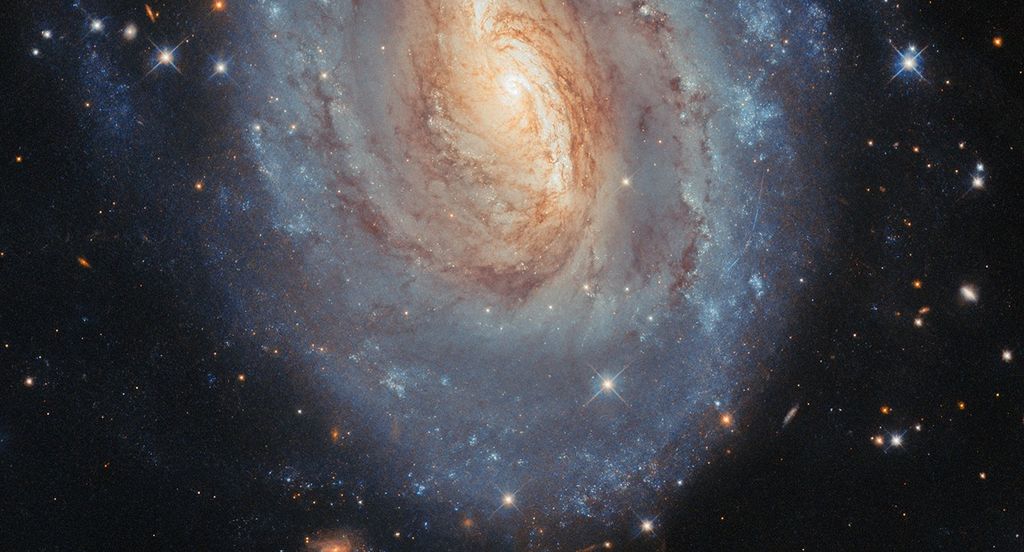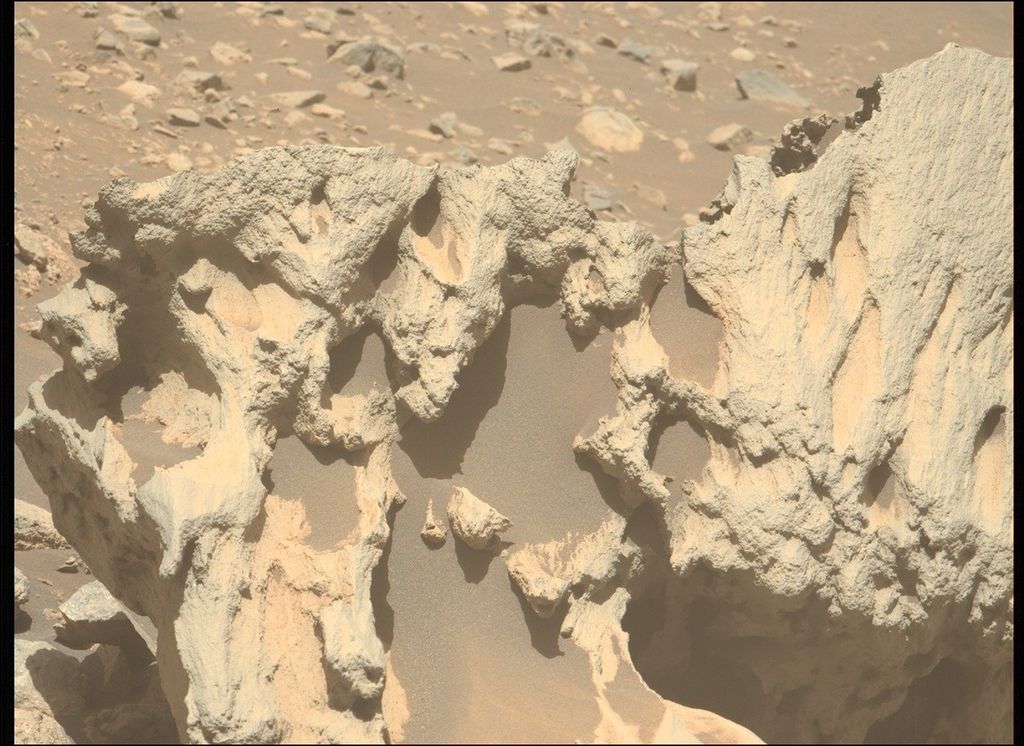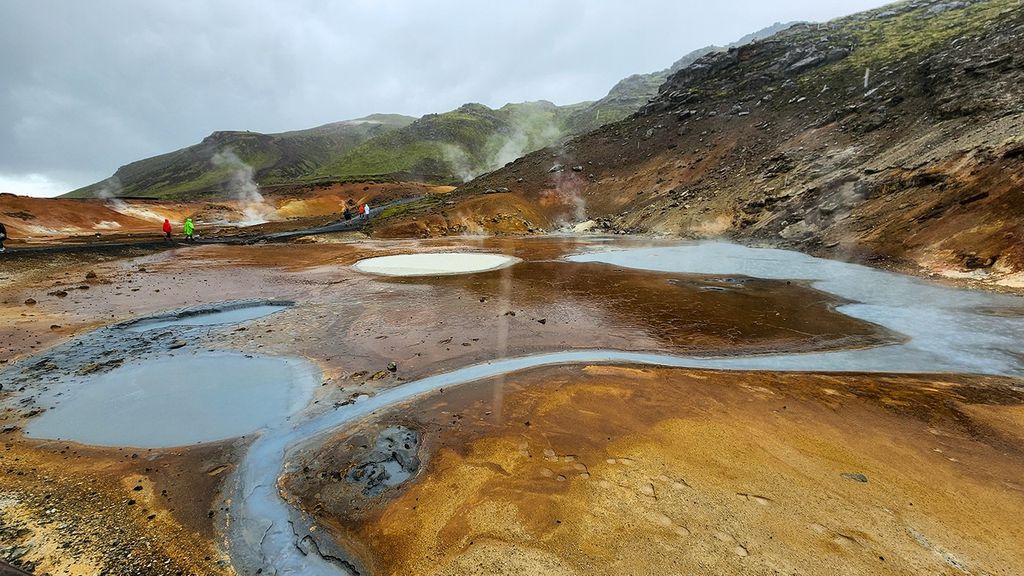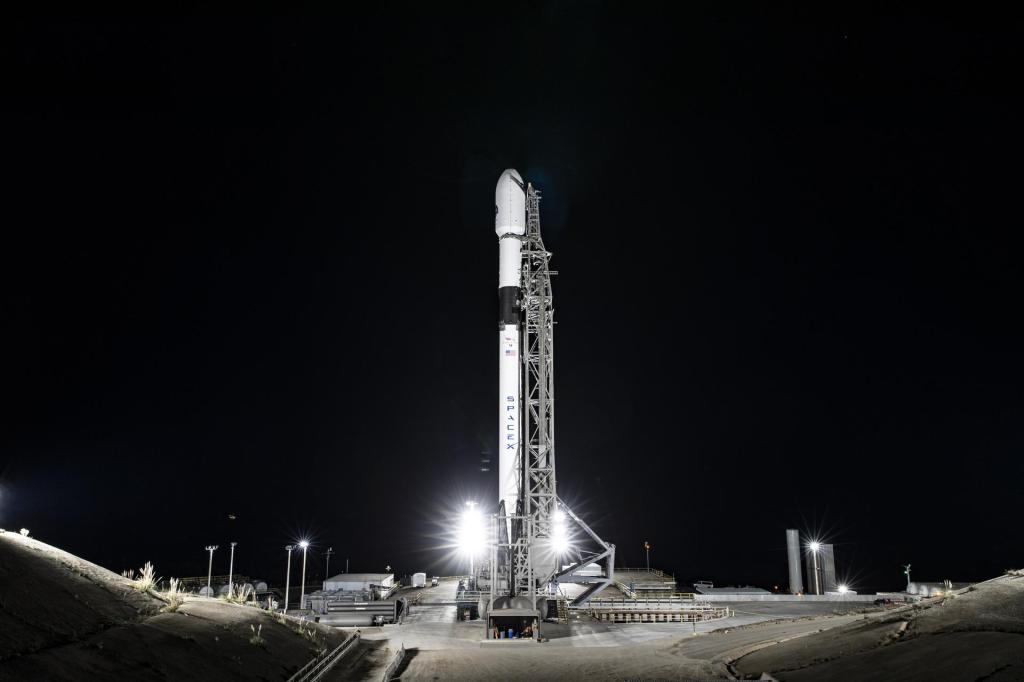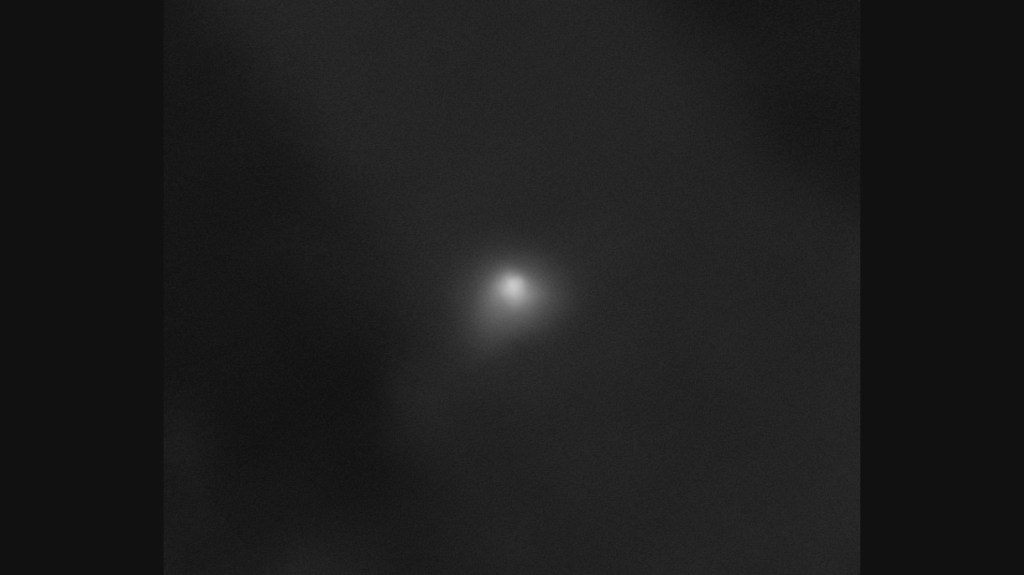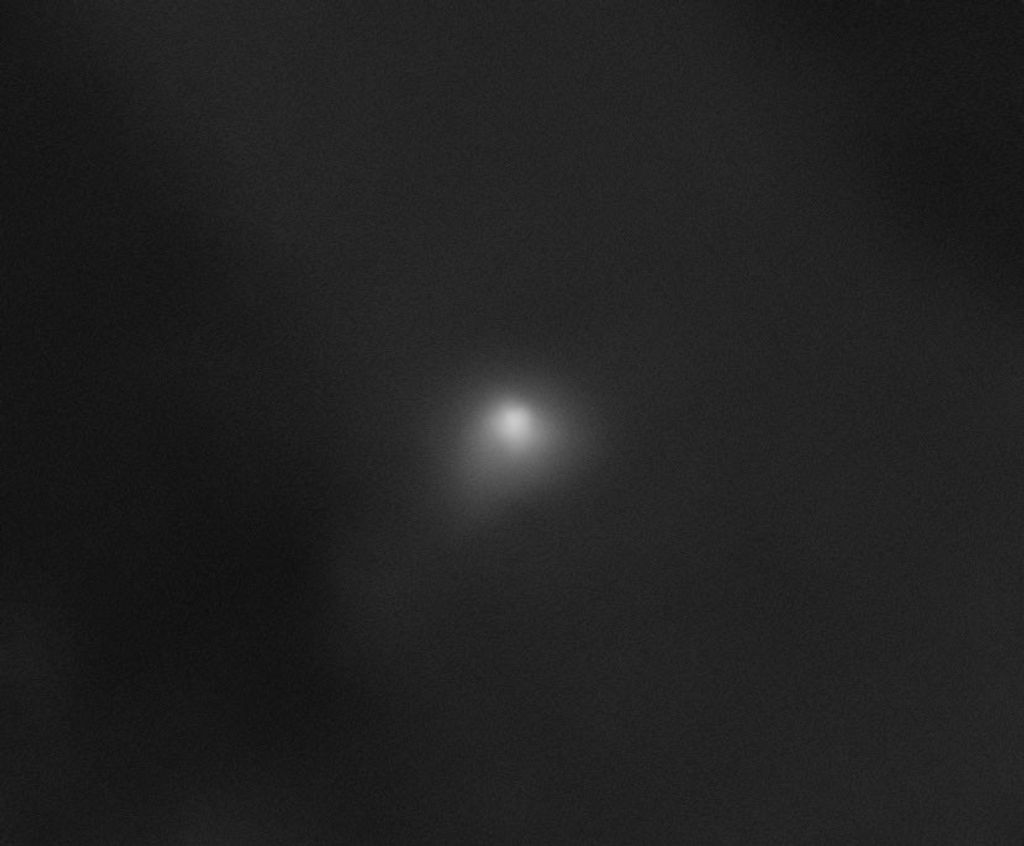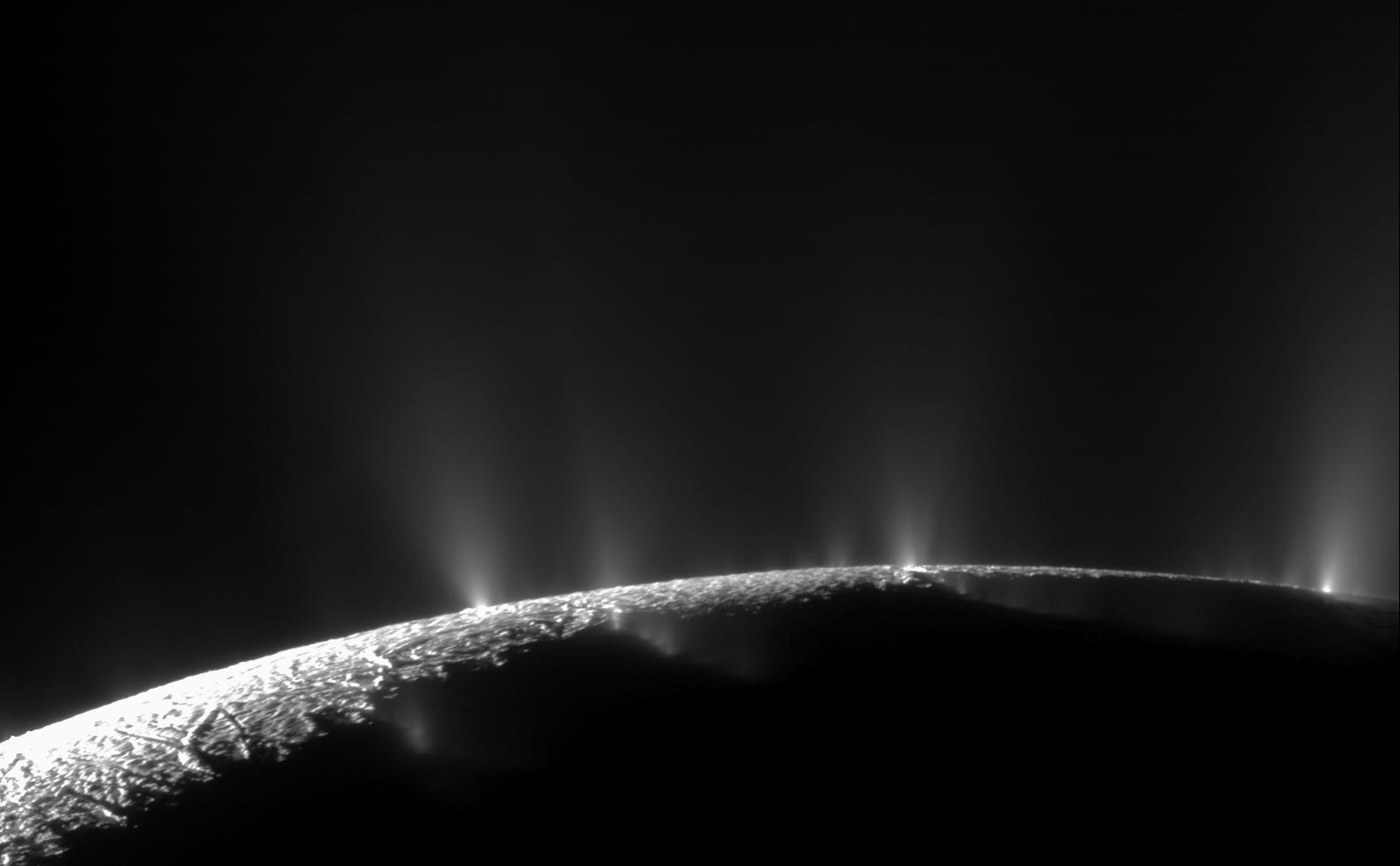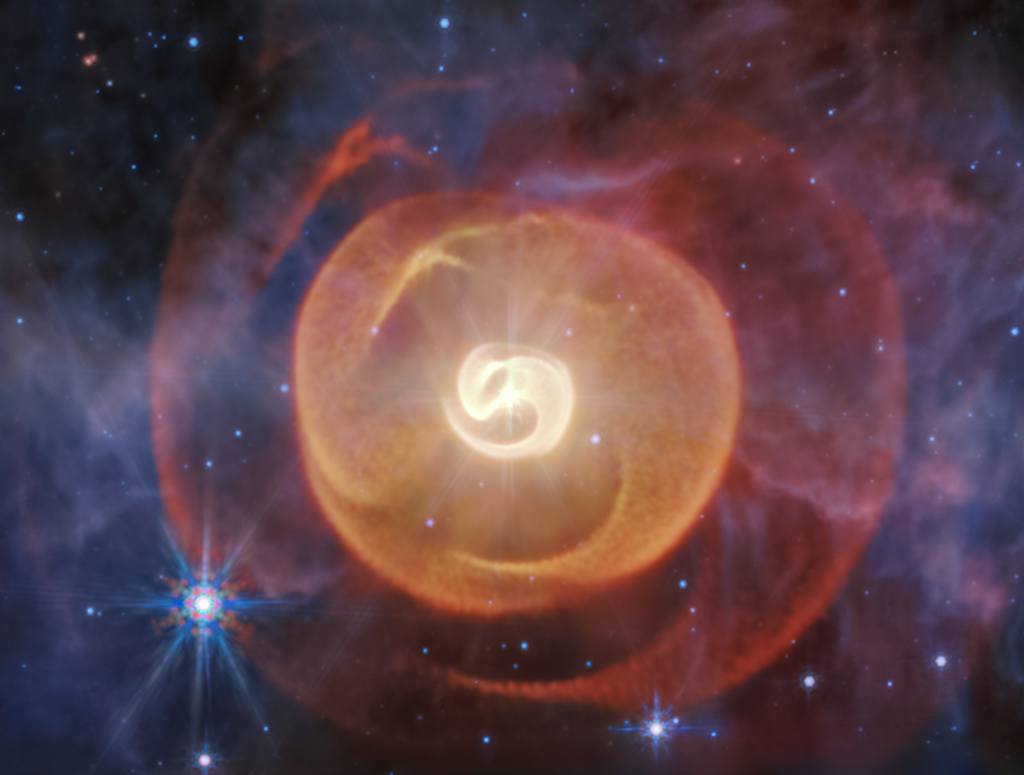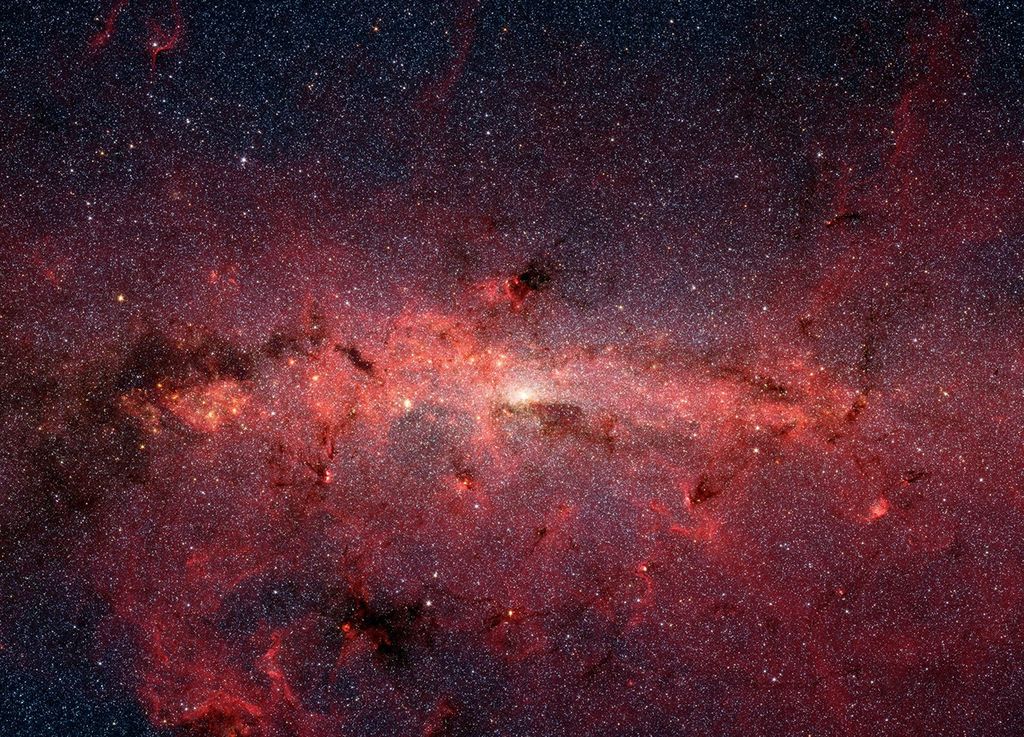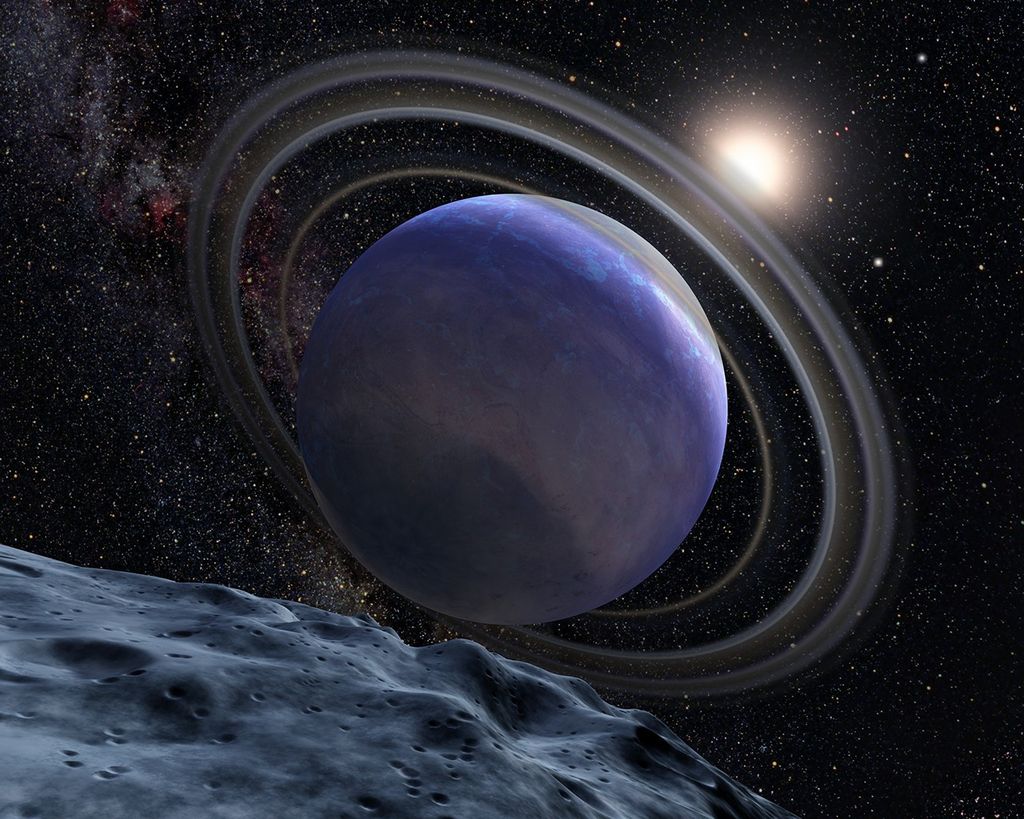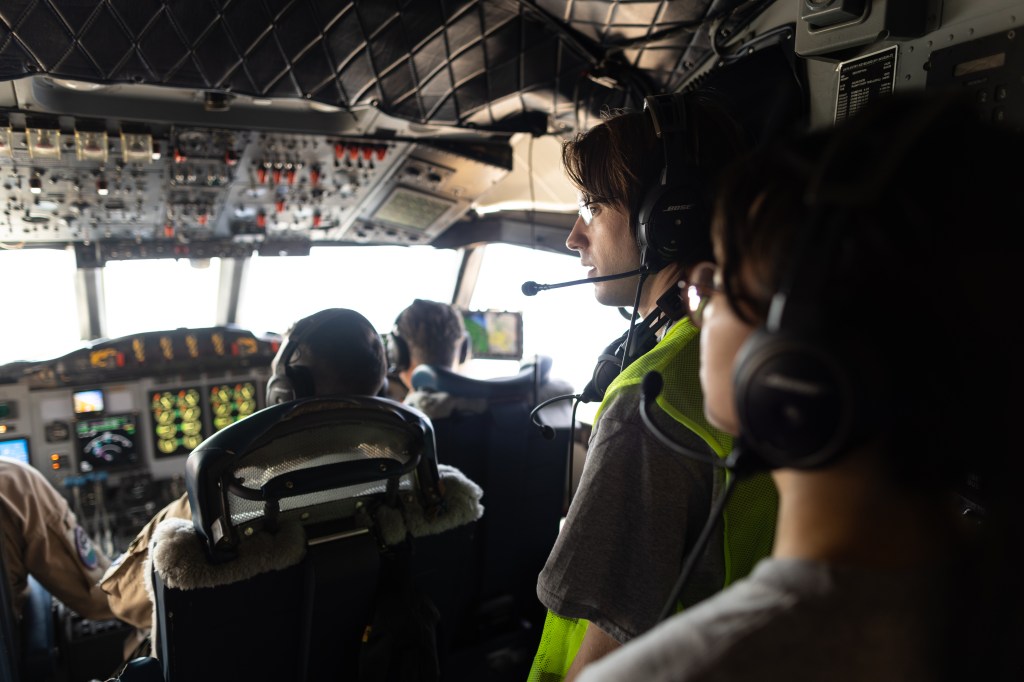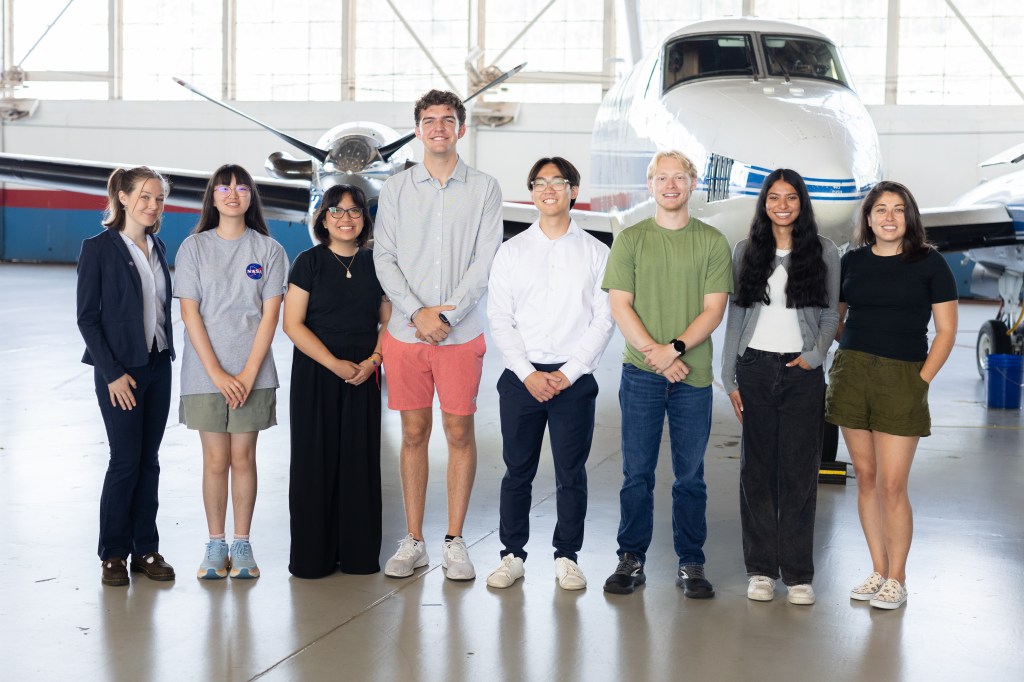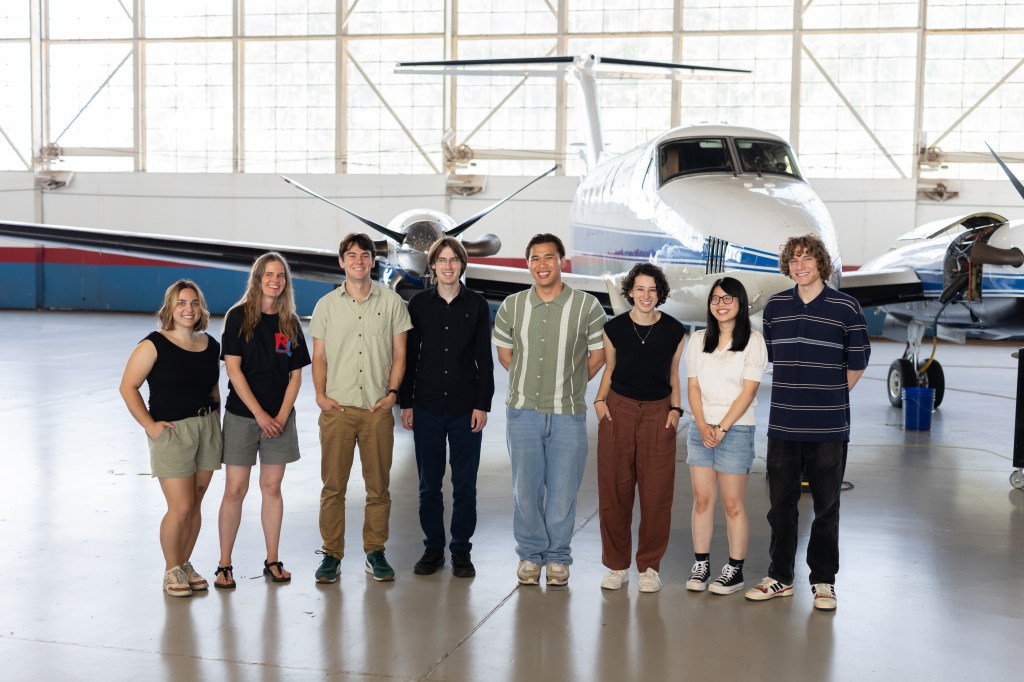Mission Studies
Probe-Class Astrophysics Mission Concepts Study
2016
About Probe-Class Astrophysics Mission Concepts Study
Preparations for the 2020 Decadal Survey Will Prioritize Strategic Missions to Follow JWST and WFIRST
The formal charge to the NASA Astrophysics Program Analysis Groups (PAGs) to provide feedback on the possibility of Astrophysics Probe Missions was issued 19 January 2016.
The background for this call was presented by Paul Hertz at the Joint PAG meeting in Kissimmee. Florida. on 4 January 2016 and motivated the COPAG Executive Committee call for white papers on the possible Probe-class missions.
Joint PAG Meeting at AAS 227 about Preparations for the 2020 Decadal Survey Will Prioritize Strategic Missions to Follow JWST and WFIRST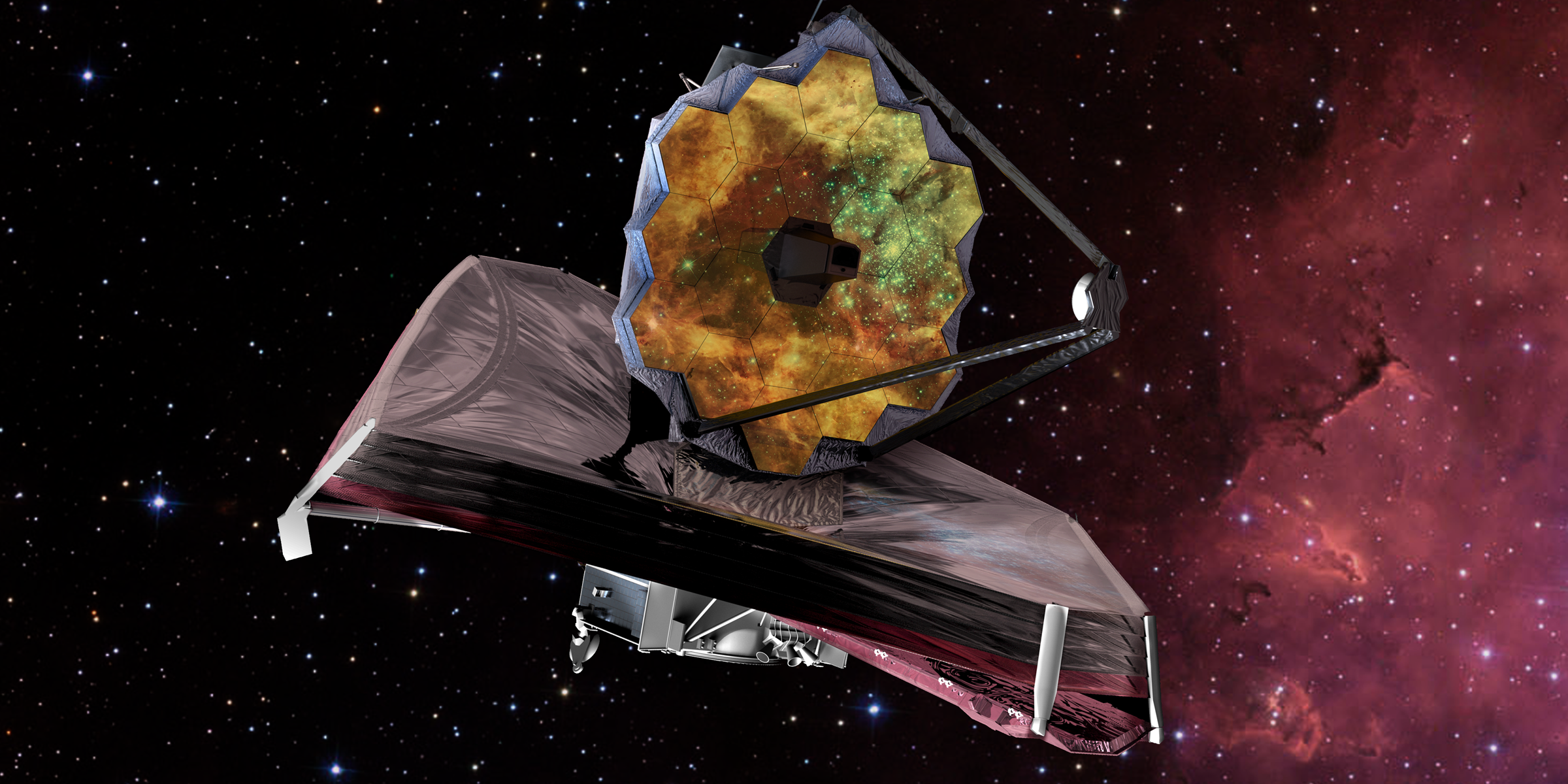
Charge to the Program Analysis Groups on Astrophysics Probes
The NASA Astrophysics Division (APD) has started preparations for the 2020 Decadal Survey that will prioritize strategic missions to follow JWST and WFIRST. Taking into account the October 2015 reports from the Astrophysics Program Analysis Groups (PAGs), NASA is initiating mission concept studies for four large mission concepts (see http://science.nasa.gov/astrophysics/2020-decadal-survey-planning/).
One of the tasks of the 2020 Decadal Survey Committee will be to recommend a portfolio of astrophysics missions. The Decadal Survey Committee may choose to recommend a portfolio of missions containing a mix of prioritized large and medium-size mission concepts. NASA and the community are interested in providing appropriate input to the 2020 Decadal Survey regarding medium-size mission concepts (i.e., Astrophysics Probe concepts); Astrophysics Probes are astrophysics missions with life cycle costs (LCCs, including launch and operations costs) greater than a MIDEX but less than ~$1B. Several ideas for Astrophysics Probe concepts have been articulated through the PAGs in a series of community meetings and/or white papers.
In order to facilitate the Decadal Survey prioritization process, APD has identified the following implementation options to convey ideas for Astrophysics Probes to the Decadal Survey Committee:
- Issue a solicitation through ROSES for Astrophysics Probe mission concept study proposals. The proposals will be evaluated via a peer-review process and APD will select a few ( ~ 10) for one-year studies. A modest ( ~$1 00K) amount of funding would be allocated for each study; cost assessment mechanisms would need to be discussed. The results of the studies would be presented to the Decadal Survey Committee. The Decadal Survey Committee would have the option of asking NASA to conduct further one-year studies at a higher level of detail (and at a higher cost for each study) for a small number (~3) of medium mission concepts.
- Do nothing and let the community self-organize. Most likely this will result in submission of many white papers to the 2020 Decadal Survey from interested individuals and groups, as during the 2010 Decadal Survey.
APD is interested in hearing feedback about these implementation options from the astrophysics community and about other options the PAGs may wish to suggest.
Hence, I hereby charge each of the three astrophysics Program Analysis Groups (Cosmic Origins PAG, Exoplanet Exploration PAG, Physics of the Cosmos PAG) with providing 2-page written reports to the Astrophysics Subcommittee (APS) by March 7, 2016, and presentations to the APS at its March 15-16, 2016, meeting for discussion and assessment of all the proposed implementation options.
White Papers Submitted
The Space High-Angular Resolution Probe for the InfraRed (SHARP-IR): A Potential Far-Infrared Interferometric Probe
Cosmic Dawn Intensity Mapper – A Probe Class Mission Concept for Reionization Studies of the Universe
News Straight to Your Inbox
Subscribe to your community email news list
We will never share your email address.


